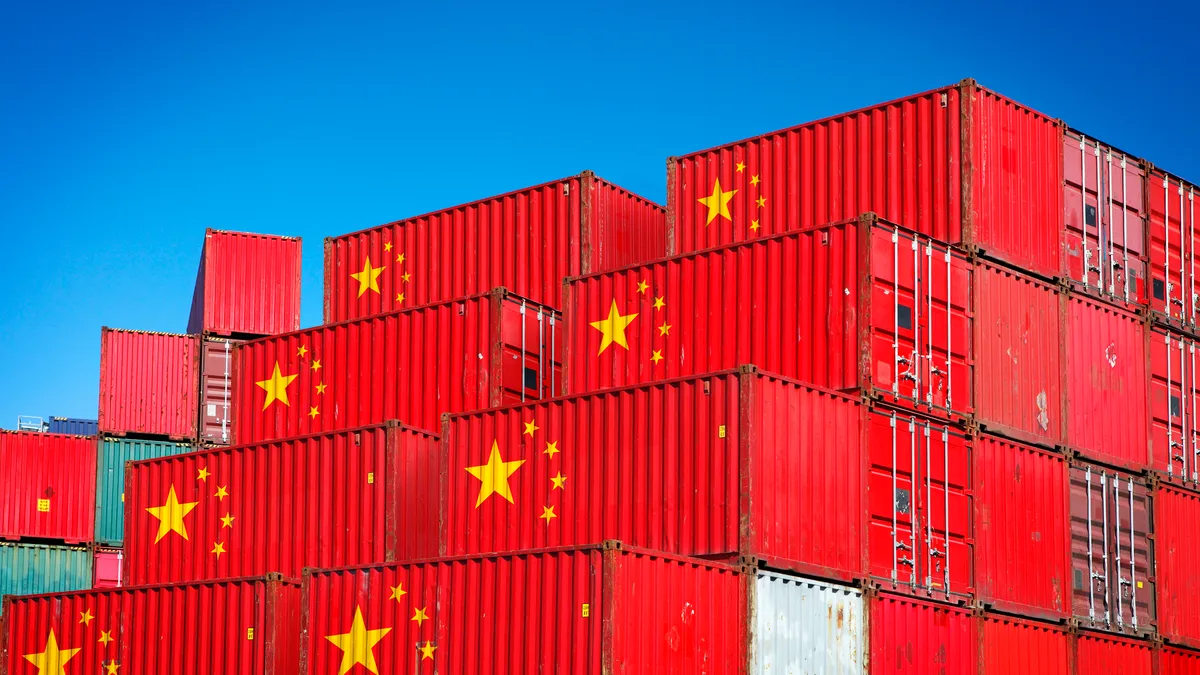Dive Brief:
- The trade war between the U.S. and China has led to benefits for other Asian countries through shifts in production toward members of the Association of Southeast Asian Nations (ASEAN), or by shipping finished goods to the Americas, thereby avoiding the increased tariffs, the South China Morning Post reported.
- The shift is described as a "reallocation of global production bases," according to Kerry Logistics Network's managing director William Ma Wing-kai.
- The transition of production bases will increase trade to Malaysia, Vietnam, Myanmar and Laos in the second half of 2018, according to Ma.
Dive Insight:
Most supply managers agree that continuity of supply is the cornerstone of any type of successful supply chain, and a considerably large portion of that chain remains static.
But uncertainty in the supply chain — brought on by tariffs, the dissolving of trade agreements, the storm clouds of a global trade war and shifting economic realities — has companies all over the world looking closely at their business operations, finances, markets and customers.
Sourcing and manufacturing changes are running rampant with many companies shifting operations from one country to the next, or finding new suppliers to eliminate or offset the tariffs. Solidly performing supply chains are now adding tangential spurs, shifting production, adding new sources of supply, modifying logistics or deploying risk mitigation plans.
While some companies are struggling to figure out the best approach to overcome these disruptions, other companies may be reaping the benefits of this turmoil.
With chaos comes opportunity. Freight needs to move, no matter the origin or destination, and logistics providers are all too willing to take on this new business, as both a chance to increase revenue and as a way to curry favor for the new routes once the supply chain resettles.
Alternative sources for many other products and services are also coming into play during this time. Suppliers who may have been shut out due to location, pricing or relationship management programs may be given a second look.
During these uncertain times, there is also an opportunity for supply chain professionals to step up. Supplier relationships are changing literally overnight and new relationships have to be forged with tier one suppliers and beyond. Consider the changes down steam and through the logistics channels and one can see the enormity of the challenge. Its times like these that the profession can take a giant leap forward.













